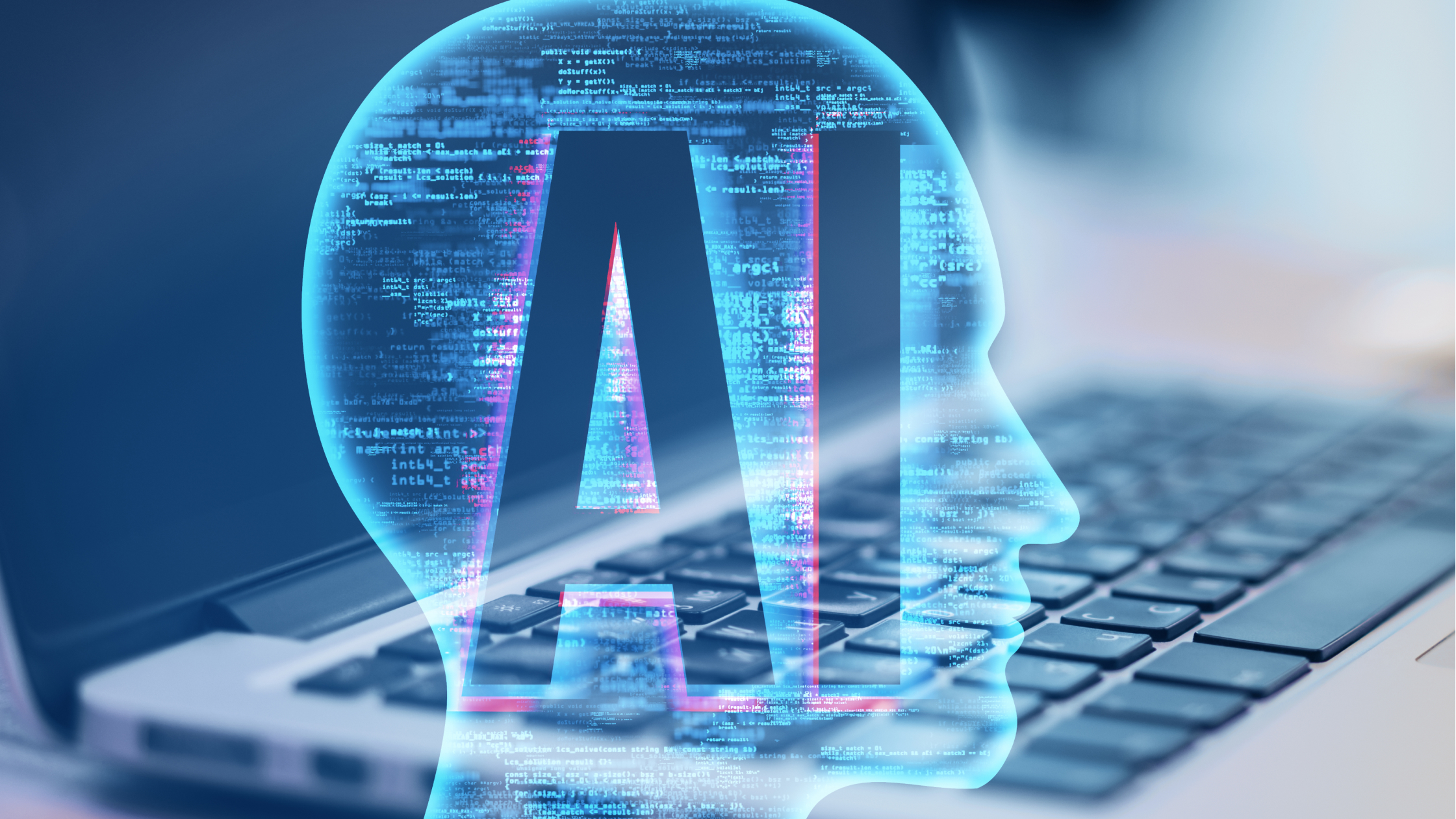Data anonymization is the process of removing or altering personally identifiable information (PII) from a dataset so that individuals cannot be readily identified from the data.
This technique is widely used in data privacy and protection practices to ensure compliance with regulations such as the GDPR (General Data Protection Regulation) and HIPAA (Health Insurance Portability and Accountability Act).
Data anonymization helps protect individual privacy by preventing the disclosure of personal information. Anonymized data can still be helpful for analysis, research, and machine learning tasks, as it retains its overall structure and patterns without exposing sensitive details.
This process is essential in contexts where data needs to be shared, such as in healthcare research, financial services, or any industry that deals with large volumes of customer data. Data anonymization enables companies and researchers to use valuable datasets without violating privacy standards.
How Data Anonymization Works
Data anonymization involves various techniques applied to PII in a dataset to render it untraceable to individuals. Below are some of the standard methods used for anonymizing data:
1. Masking
Data masking is a method of obfuscating or replacing sensitive data with fictional or scrambled values to protect it from unauthorized access. This allows the structure of the data to remain intact while concealing personal information. For example, credit card numbers might be masked so that only the last four digits are visible.
For example, A person’s name might be replaced with a pseudonym, such as “Amex Doe,” in a dataset, while their actual name remains hidden.
2. Data Redaction
Data redaction involves removing or obscuring sensitive information from the dataset. This method is used when the data is no longer required for analysis.
For example, removing names, addresses, or social security numbers from a dataset ensures that the data cannot be traced back to an individual.
3. Generalization
Generalization is the process of replacing specific data with broader categories or ranges to obscure the identity of individuals.
This method involves reducing the granularity of the data. For instance, an exact age might be replaced by an age range, such as “30-40 years old.”
4. Perturbation
Perturbation involves altering the data slightly so that it remains useful for analysis but is no longer exact or identifiable. This technique can be used to modify numerical data or attributes while preserving the statistical properties of the data.
For example, slightly altering a person’s salary by a small percentage to prevent direct identification while maintaining overall trends in a dataset.
5. Aggregation
Aggregation involves combining multiple records or data points into a summary or total to reduce the risk of identifying individuals. This is often used when analyzing large datasets, where the focus is on trends or patterns rather than specific individuals.
For example, instead of showing individual sales data, aggregation could display total sales per region or category.
6. Synthetic Data Generation
Synthetic data generation involves creating artificial data that mimics real data but does not contain any actual personal information.
This method is increasingly popular in situations where using real data is not feasible or ethical. Machine learning models can be trained on synthetic data, ensuring the privacy of individuals.
For example, generating a dataset of fake customer information (e.g., names, addresses, and transaction history) that is statistically similar to a real dataset but does not correspond to any actual person.
Applications of Data Anonymization
Data anonymization plays a crucial role in various industries and fields, ensuring that valuable data can be shared, analyzed, and utilized without compromising privacy. Some applications of data anonymization include:
1. Healthcare and Medical Research
In the healthcare industry, anonymizing patient data is crucial for compliance with regulations such as HIPAA, which protects patient privacy. Anonymized medical records can be used in research, clinical trials, and analysis without exposing sensitive personal information.
2. Financial Services
Financial institutions must protect customer information while also utilizing the data for purposes such as fraud detection, risk assessment, and analytics. Data anonymization helps institutions share data without compromising customer privacy.
Banks can anonymize transaction data before sharing it with third-party companies for market research or fraud detection.
3. Public Sector and Government
Government agencies often handle large volumes of citizen data, including tax records, voting history, and welfare applications. Anonymizing this data allows governments to use it for public policy analysis while ensuring the protection of citizens’ privacy.
For example, a government might anonymize census data before making it publicly available for research or analysis.
4. Marketing and Advertising
In marketing, customer data is invaluable for targeting ads, improving products, and analyzing consumer behavior. By anonymizing customer data, companies can retain valuable insights while avoiding privacy violations.
Marketing firms anonymize customer browsing history and preferences before sharing the data with advertisers, ensuring that individual identities are not exposed.
5. Machine Learning and AI
Machine learning models require vast amounts of data for training. Anonymized data can be used to train models without exposing personal information, particularly when the data involves sensitive topics such as medical conditions or financial transactions.
An AI model trained on anonymized healthcare data can still make predictions about patient outcomes without revealing any individual’s personal information.
6. Legal and Compliance
Anonymization ensures that legal firms and organizations comply with data protection regulations, especially when handling sensitive legal documents or personal records. It allows firms to use data for litigation or audits while maintaining confidentiality.
Legal firms anonymize client names and sensitive case details before using the data in internal analysis or sharing it with third parties.
Benefits of Data Anonymization
Data anonymization offers a wide range of benefits, particularly for organizations that handle large datasets and are concerned about privacy. Some of the key advantages include:
1. Privacy Protection
By anonymizing personal information, organizations can protect individuals’ privacy and comply with regulations such as the GDPR and HIPAA. This is crucial in industries where sensitive information is frequently handled, such as healthcare and finance.
2. Compliance with Regulations
Anonymization enables organizations to meet their legal and regulatory requirements for data privacy and security. By anonymizing data, businesses can avoid potential legal issues related to data breaches or improper handling of sensitive information.
3. Data Sharing and Collaboration
Anonymized data can be shared between different organizations, departments, or researchers without exposing individual identities. This facilitates collaboration and data sharing while preserving privacy and confidentiality.
4. Enhanced Security
Anonymizing data reduces the risk of data theft or misuse. Even if data is compromised, anonymization ensures that the sensitive information cannot be traced back to an individual.
5. Enables Research and Analysis
Anonymized data allows researchers and analysts to study trends and patterns without compromising the privacy of individuals. This is particularly valuable in fields such as public health, finance, and the social sciences.
Challenges and Limitations of Data Anonymization
While data anonymization is a powerful tool for protecting privacy, it does come with specific challenges and limitations:
1. Risk of Re-Identification
In some cases, anonymized data can be re-identified by combining it with other datasets. This is known as the risk of “re-identification.” Despite anonymization efforts, it may still be possible to trace the data back to an individual, particularly when the data is sparse or specific.
2. Loss of Data Utility
Anonymization techniques, especially those that involve heavy transformations like data masking or redaction, can reduce the utility of the data. The more an organization’s data is anonymized, the less valuable it becomes for specific applications.
A dataset with heavily anonymized attributes may not be helpful for detailed market research or personal recommendation systems.
3. Complexity of Implementation
Implementing robust anonymization strategies can be a complex and time-consuming process. It requires a deep understanding of data, privacy risks, and the technologies used to anonymize sensitive information.
4. Legal and Ethical Considerations
While anonymization helps protect privacy, there are still legal and ethical concerns regarding the use of anonymized data.
For example, concerns may arise when anonymized data is used for purposes to which the individual did not consent, even if their identity is not revealed.
5. Technical Limitations
Not all types of data can be easily anonymized. For example, high-dimensional data or data with a high level of granularity may be more challenging to anonymize effectively without sacrificing its value for analysis.
Data anonymization is a crucial process for maintaining privacy, security, and compliance with data protection laws. It allows organizations to utilize sensitive data for research, analysis, and model training without exposing individuals’ identities.
However, it is crucial to consider the challenges involved, including the risk of re-identification, loss of data utility, and technical complexities.
As data privacy becomes an increasingly concerning issue in the digital age, anonymization techniques will continue to evolve to meet the growing demand for privacy-preserving data usage. Through proper anonymization, businesses can ensure that they are handling personal data responsibly while still deriving valuable insights and making informed decisions.



